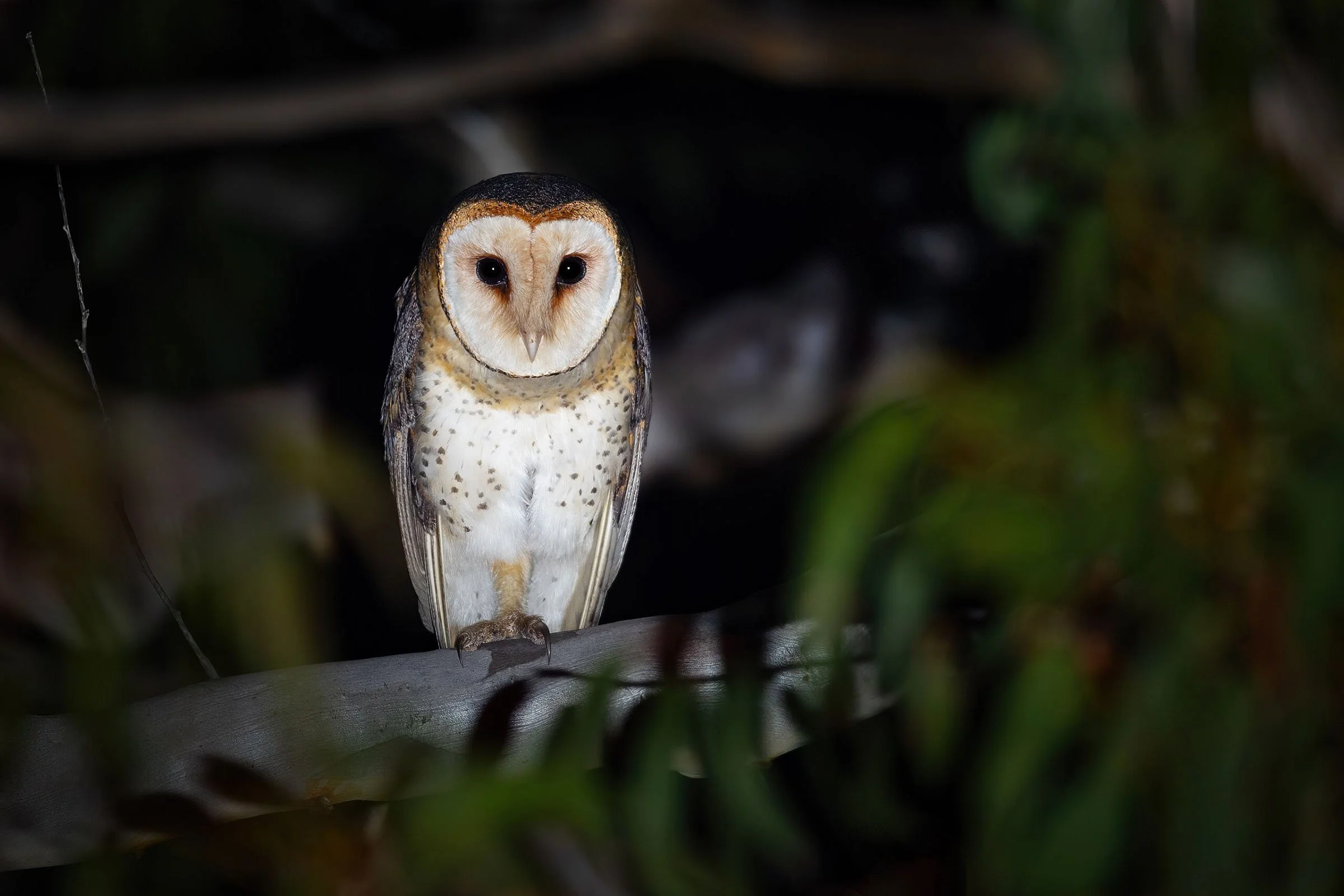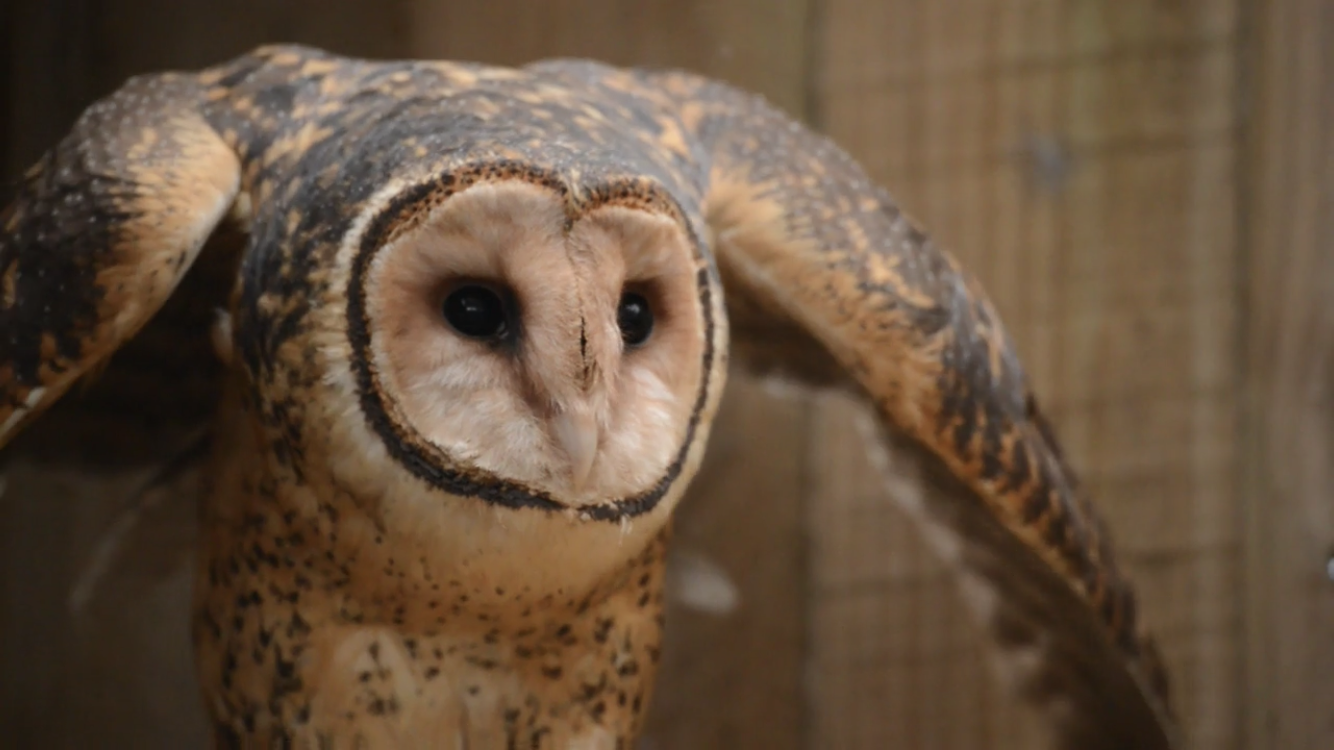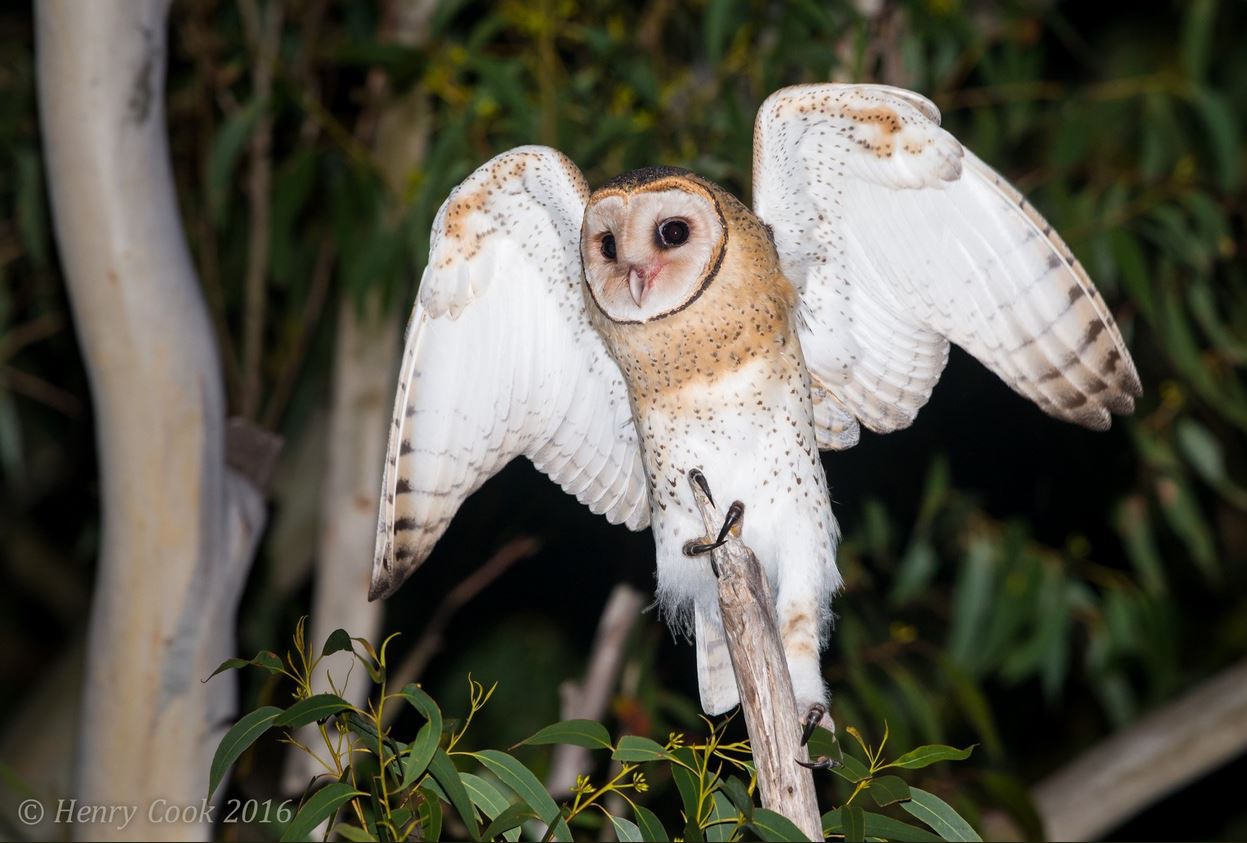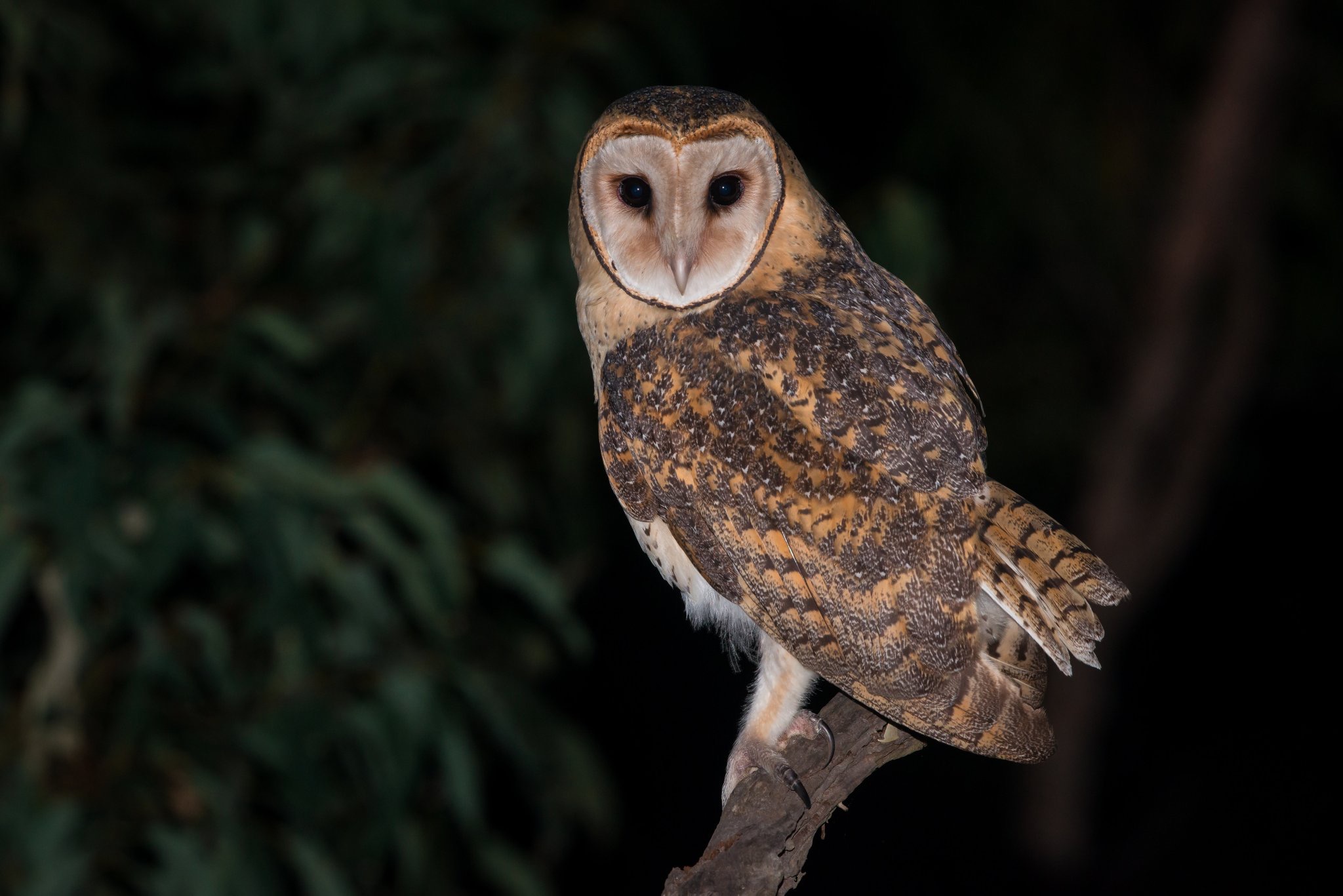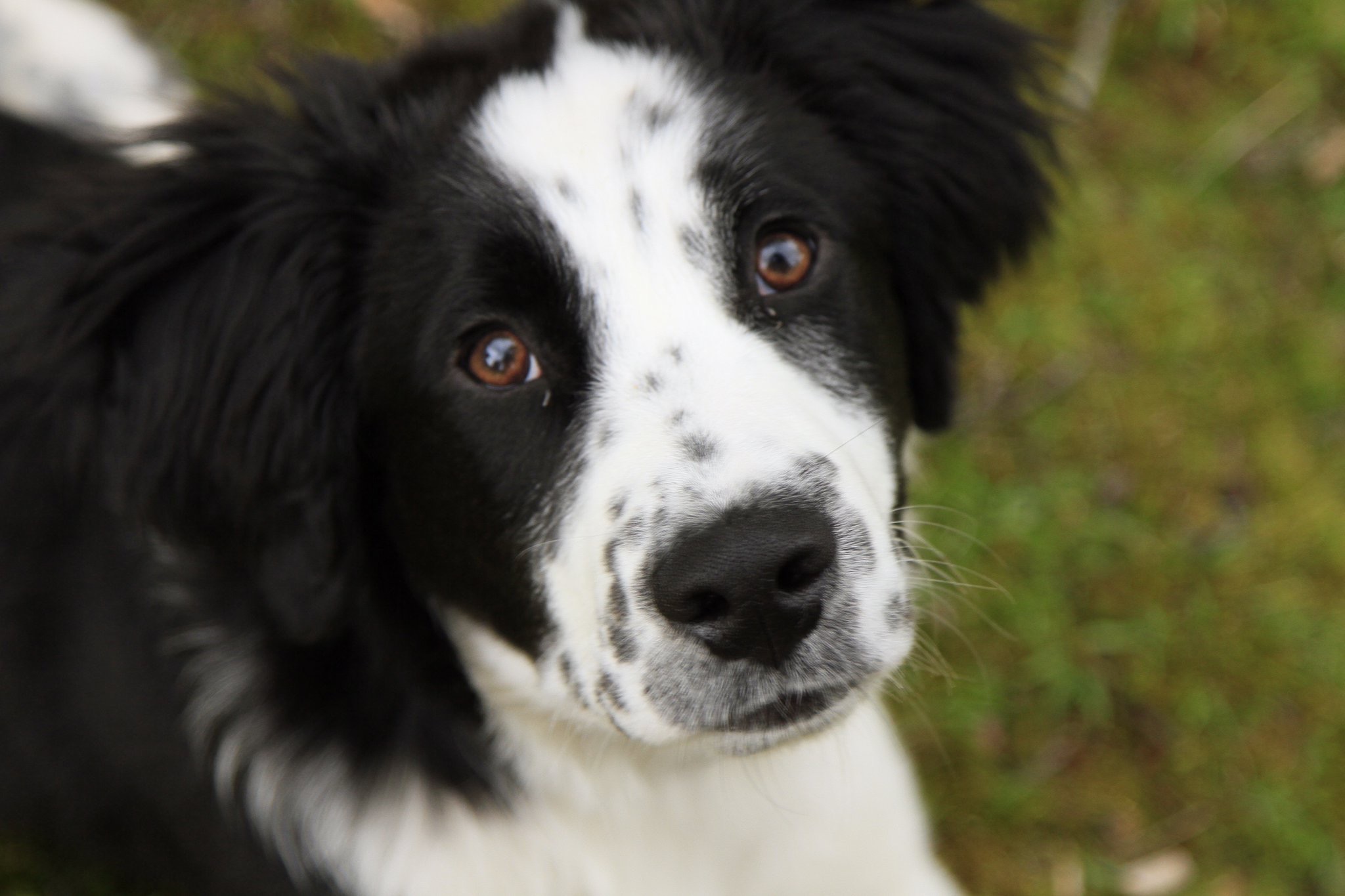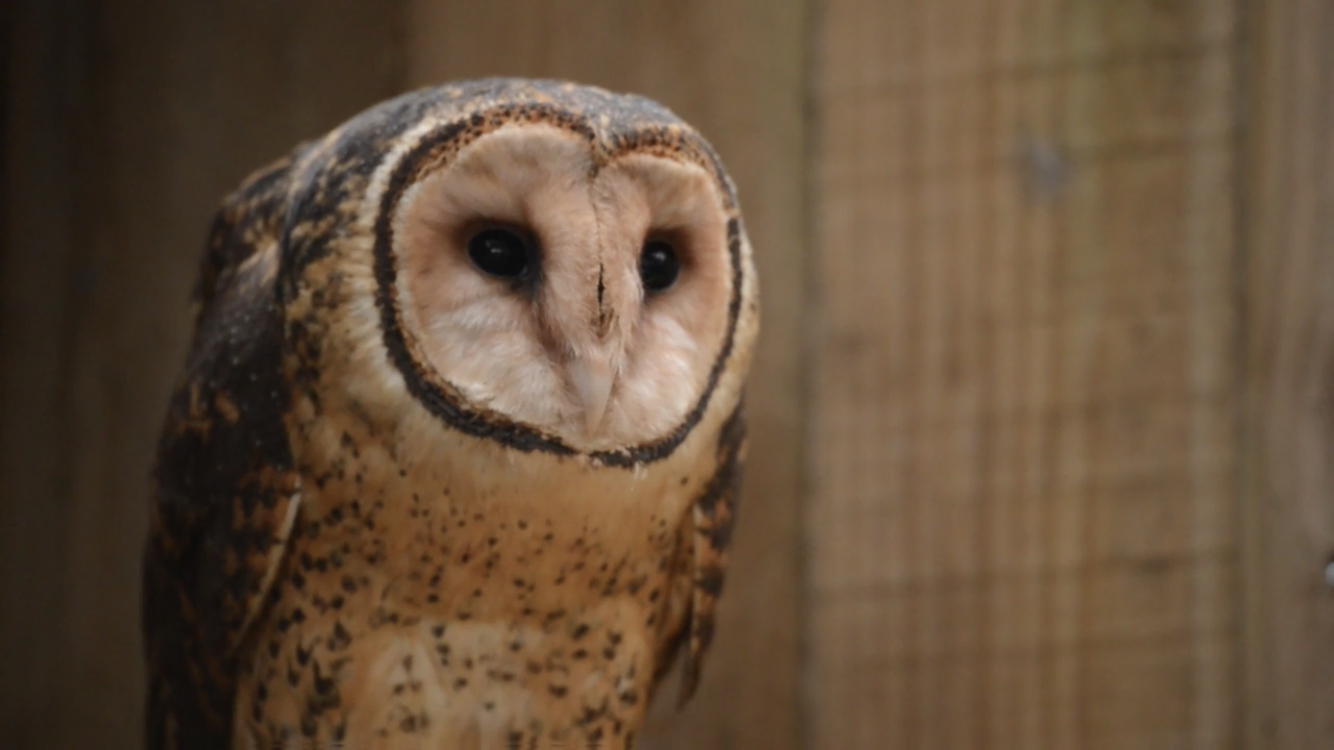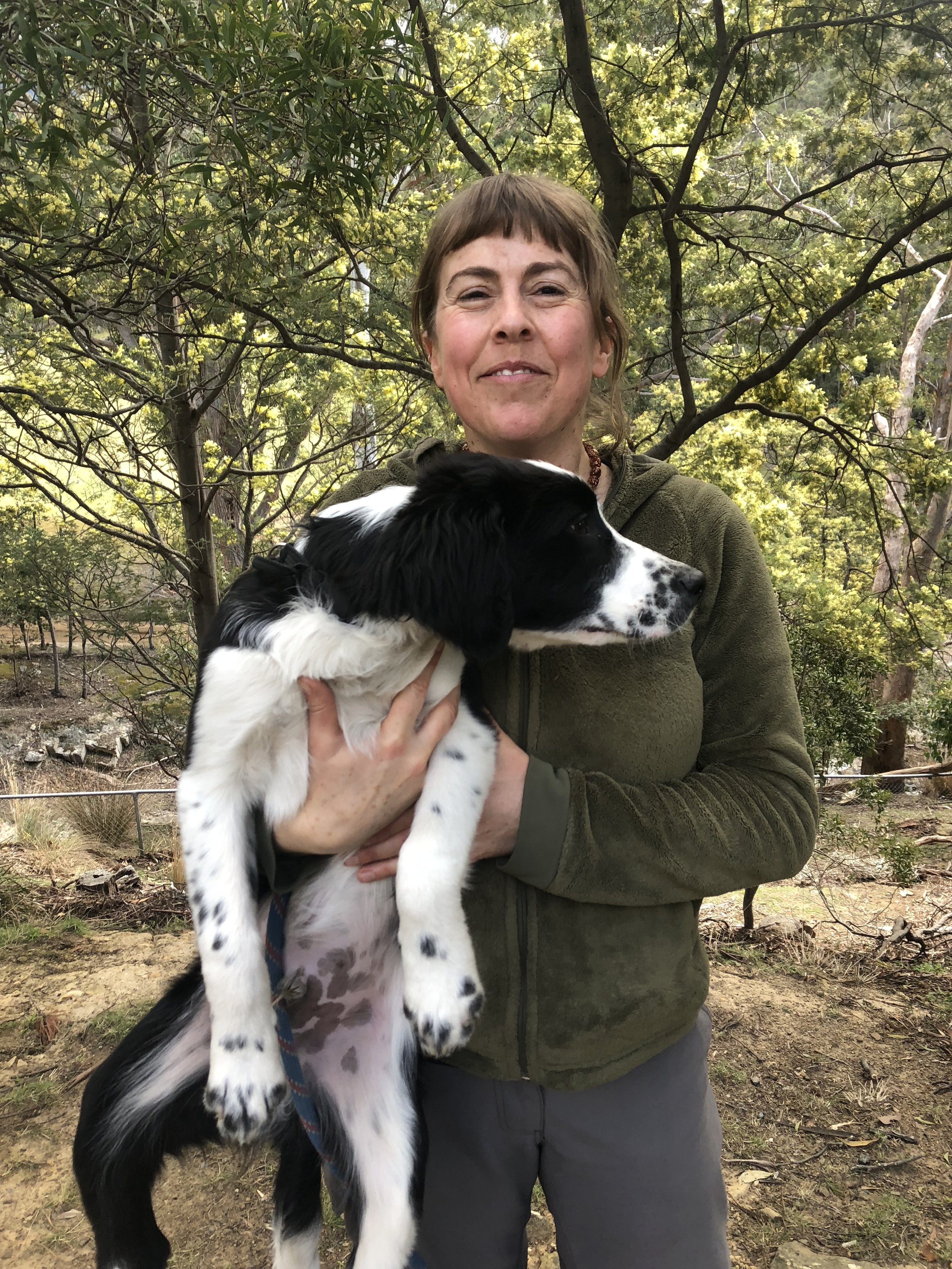Photo: JJ Harrison
The species
The endangered Tasmanian masked owl (Tyto novaehollandiae castanops) is a Tasmanian endemic subspecies of the Australian masked owl (Tyto novaehollandiae). The subspecies is larger (females up to 1.2kg) and darker than mainland birds. It is a top order nocturnal predator that favours small mammals, but will forage on birds, possums and even pademelons! Tasmanian masked owls show a preference for habitat with a high proportion of old growth forest cover. They range across all of Tasmania except the higher altitudes where substantial forest cover is absent. They live in monogamous territorial pairs that defend very large home ranges. They spend daylight hours roosting in tree hollows, dense vegetation or cliff side caves and potholes; essentially somewhere that they are unlikely to be disturbed. The Tasmanian masked owl is only known to nest in deep hollows, present only in the largest old eucalypts. Very few active nests have been observed but are reputedly littered with a supply of prey carcasses to feed the hungry chicks. The Tasmanian masked owl is threatened by habitat loss through deforestation and other land clearing activities.
Why it’s difficult
The Tasmanian masked owl is a widespread, territorial but highly mobile species. Low population densities and cryptic behaviour make this species difficult to detect and observe in their forest habitats. A masked owl call broadcast is used to elicit a response, but the chances that an owl is nearby, and responsive, are low.
What we are doing
Our research with masked owls is in its infancy. We are developing new techniques to detect habitat used by the Tasmanian masked owl and investigate masked owl population biology. We’ll be using specially trained dogs to search the forests for pellets, which are the fur and bones of prey that masked owl’s vomit onto the forest floor. Collections of pellets can be associated with roosting and/or nesting habitat. Masked owls are very hard to find, but because their pellets are very stinky, we hope to use the extraordinary ability of dogs to sniff out hidden things to help us locate pellets in the bush. We will use masked owl DNA present on pellets and in moulted feathers to investigate previously unknown aspects of their secretive lives.

